How can Japan's discharge of harmful water make the world pay for it? Technical | Committee | World
Near the Fukushima Daiichi Nuclear Power Plant, there is an abandoned wooden house. The clock still lingers silently in that nightmare moment 12 years ago.
On March 11, 2011, at 14:46 local time in Japan, a 9.0 magnitude earthquake occurred in the Pacific region of northeastern Japan, with the epicenter only 60 kilometers away from the Fukushima Daiichi Nuclear Power Plant. The strong earthquake caused the reactor of the nuclear power plant to automatically shut down.
46 minutes later, at 15:32, the earthquake triggered a massive tsunami, with a 14 meter high wave flooding the Fukushima Daiichi Nuclear Power Plant and causing the plant to lose power.
At around 20:00 on March 11th, the reactor, which had lost cooling due to a power outage, began to melt its fuel rods.

Starting at 3:36 am on March 12th, hydrogen explosions occurred successively in Units 1, 3, and 4 of the Fukushima Daiichi Nuclear Power Plant.
At 20:22 on March 12th, to cool down the reactor, seawater injection into the atomic furnace officially began. The resulting nuclear contaminated water containing radioactive substances has continued to grow to this day.
12 years have passed, and nuclear contaminated water has accumulated to 1.3 million tons, increasing at a rate of 100 tons per day. How to dispose of such a large amount of nuclear contaminated water tests the conscience and wisdom of decision-makers. The answer given by the Japanese government and Tokyo Electric Power Company is that it is filtered and diluted before being discharged into the sea. Despite the premise of filtration and dilution, people still cannot understand why the nuclear contaminated water caused by the world's highest level nuclear accident should be discharged into the shared ocean of humanity? The debates and discussions surrounding the discharge of pollutants from the sea involve various aspects of science, society, and law, and have also attracted fishermen, scientists, ordinary citizens, and high-ranking government officials.
Haijiang Tian Wanli, a member of the Japanese House of Representatives. When the nuclear accident occurred in 2011, he was the Minister of Economy, Trade and Industry of Japan, participating in and commanding the entire process of handling the Fukushima Daiichi nuclear power plant accident.
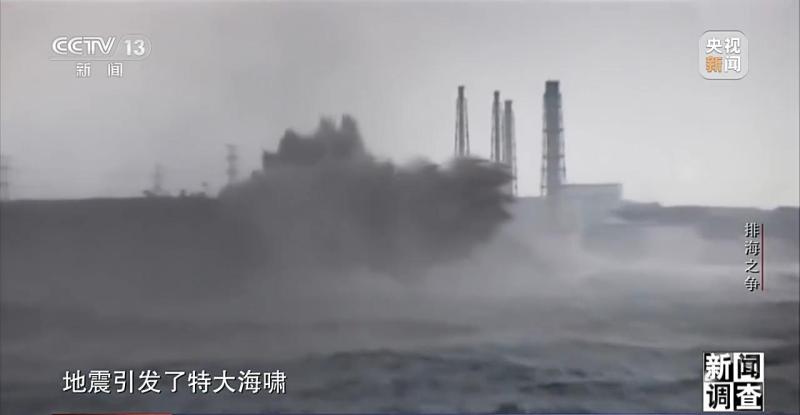
Former Japanese Minister of Economy, Trade, and Industry, Mari Haeda, a member of the Japanese House of Representatives, said that at this stage of discharge into the ocean, there are still many unclear things, and many people will be worried, after all, this is radioactive material from a serious nuclear accident.
Since 2016, the Japanese government has officially begun to develop plans for the disposal of nuclear contaminated water. It is the successors of Hai Jiangtian in the Ministry of Economy and Industry who have implemented this plan specifically.
Former Minister of Economy, Trade and Industry Hiroshi Kajiyama: In the report of the small committee, it was predicted in February last year that the storage tanks would be full in August of the following year.
After multiple communications, as of the time of the program's broadcast, our interview request has not yet received a response from the Japanese Ministry of Economy, Trade and Industry and Tokyo Electric Power Company. We have found their explanations on the relevant issues through public channels.

Kajiyama Hiroshi: The small committee discussed five options. After listening to the opinions of all parties, the small committee has been discussing for 6 years. Considering various factors, including time constraints, I believe that discharging into the sea is appropriate.
Shortly after the nuclear accident, in order to deal with the increasing amount of nuclear contaminated water, the Japanese government established two specialized subcommittees composed of government officials and relevant experts to explore and evaluate the treatment technology, cost, and social impact of nuclear contaminated water.
Ryota Koyama, a professor at Fukushima University, joined the Small Committee on Multinuclide Removal Devices organized by the Ministry of Economy, Trade and Industry in 2016.
Professor Ryota Koyama from Fukushima University in Japan: The Multi nuclide Removal Device Committee is a committee that includes the Prime Minister and has two sub committees. The first committee focuses on technical issues related to how to deal with polluted water. For example, how much and how long does it cost to discharge the water treated by the multi nuclide removal device into the sea, and how much does it cost and technically feasible to bury it underground.
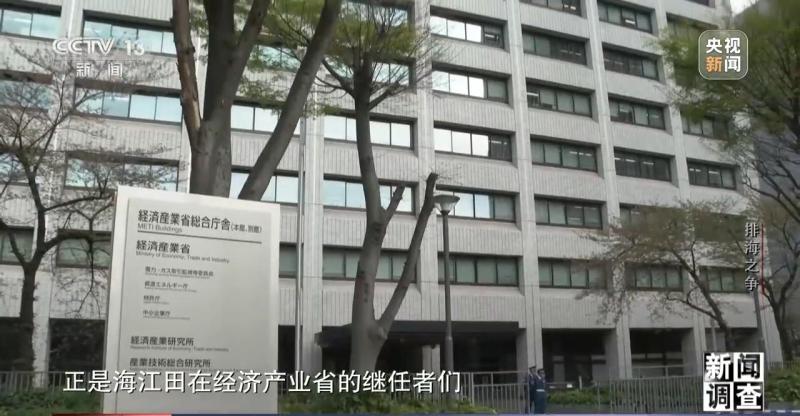
After two and a half years of discussion, the Japanese Technical Committee has summarized five treatment plans. Option one is to inject contaminated water into the geological structure at a depth of about 2500 meters. Option 2, discharge into the ocean by diluting or separating radioactive materials from nuclear contaminated water. Option three is steam discharge, which involves evaporating nuclear contaminated water and discharging it into the atmosphere through exhaust pipes. Option 4, electrolytic release, which involves the electrolysis reaction of nuclear contaminated water to release the generated hydrogen gas into the atmosphere. Option 5: Solidification landfill, mixing nuclear contaminated water and materials such as cement into a solid state and burying it underground. The cost and cost statistics on the table show that the cost of discharging into the ocean is the lowest.
Ryota Koyama: For example, if injected into the formation, will it mix with groundwater? The practice of discharging into the atmosphere, although there are precedents in the world, has not been implemented in Japan, so it may be very difficult to explain to the surrounding residents. And ocean emissions do have experience, so the cost is also very low.
Ryota Koyama: The expert group has done some cost calculations. For example, using the hydrogen separation method would cost about 100 billion yen. If buried underground, it would cost 240 billion yen, while discharging into the ocean has already been done before, so about 3.4 billion yen is enough.
Kenichi Oshima is a professor at Longya University and is known in the industry as the "first person to study nuclear power costs.". He is also the chairman of the Japan Atomic Energy Citizen Council, and he and the committee's experts have been following this eye-catching discussion.
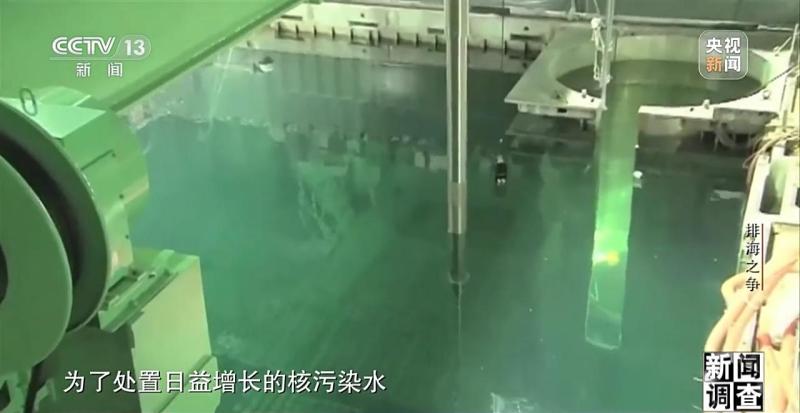
Professor Kenichi Oshima from Longya University in Japan: In terms of cost, the cheapest of the five options is the ocean emissions currently being attempted by Tokyo Electric Power Company, with a calculated result of 3.4 billion yen. This is a rough estimate, and it is uncertain whether the calculation result is appropriate. The result is very simple. In fact, I believe that there should be a process for calculating costs after carefully proposing them and listening to the opinions of other researchers and institutions. Unfortunately, the government committee does not have such a process.
Ryota Koyama: The function of a committee is not to provide corresponding opinions on the decisions already made by the government. However, looking at the workflow of the technical committee and what Japan has done so far, I think the main focus is still on the sea discharge.
As an expert member of the Atomic Power Citizen Committee, Yasuo Kawai listened to the entire discussion process of the Technical Committee.
Yasuro Kawai, member of the Japan Atomic Energy Citizen Committee: The general public is not allowed to join the committee, but they can attend. Therefore, I and other members of civic groups and non-governmental organizations have been listening in. We pay attention to the topics they discuss, understand the problem points, and discuss with the so-called experts which of the various solutions is the best.
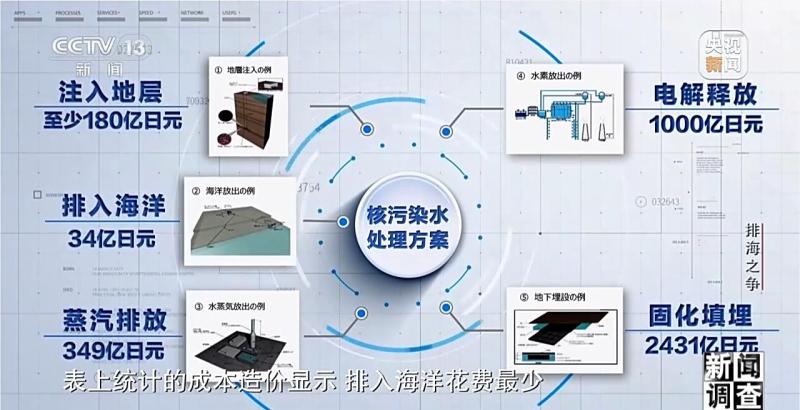
Kanglang Kawai: This is a kind of ceremony, and everyone had a formal discussion. Of course, some members of the committee also hope to avoid discharging into the sea as much as possible. However, in the end, the majority of the committee members agreed to follow the plan proposed by the Ministry of Economy, Trade and Industry, and concluded that discharging into the sea was the best solution, and released a report on behalf of the expert committee.
After the technical committee's report is released, the multi nuclide removal device sub committee where Ryota Koyama is located will begin to evaluate the social impact of this report.
Ryota Koyama: No decision-making power. According to the definition, the committee members of the multi nuclide removal device group are responsible for evaluating the social impact of these five methods, such as the social impact of discharge into the sea, how much trouble it will bring to other countries, and how much impact it will have on regional economy, agriculture, forestry and fishery, or free trade, all of which are actually included in the proposal.
Ryota Koyama: Including this, there have been many discussions, such as in the world, Asia, Japan, and so on. But this time we have had a nuclear accident, and each has its own advantages and disadvantages in handling it, such as the impact of low-cost methods.

Ryota Koyama: So we believe that the impact of discharging into the sea will be enormous. For example, the impact on the fishing industry is not limited to Fukushima, which may affect the entire Japanese fishing industry, including public opinion, and even overseas because the sea is connected. South Korea, China, and neighboring countries are also involved in fishing. But the current situation is that not only Fukushima Prefecture, but all fishermen in Japan are still opposing it, and the timing of the discharge has been decided without progress in negotiations with the largest trading countries, China and South Korea. This is unexpected. So there will be many worries and anxieties, which will trigger an international debate.
British nuclear energy environmental expert Sean Burney: The situation at the Fukushima Daiichi nuclear power plant is unique because contaminated water comes into contact with melted nuclear fuel, which is the nuclear fuel inside the reactor. This is not a normal operation of a nuclear power plant.
Jay Karen, a professor of oceanography at the University of Victoria in Canada, said that all nuclear pollutants generated by the Fukushima Daiichi nuclear power plant will ultimately have a certain impact on the environment, no matter how they are disposed of. So the goal should be to minimize environmental impact as much as possible. I think there has not been a complete evaluation of other nuclear waste disposal methods yet.
Even within Japan, there are many voices opposing the decision to discharge nuclear contaminated water into the sea.
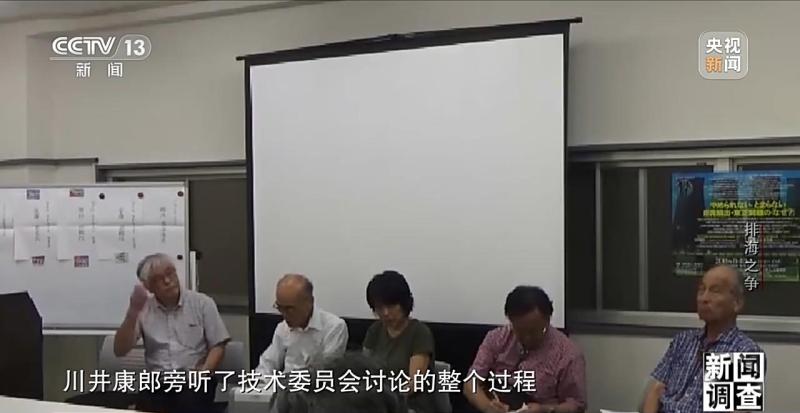
Co representative of the Japan Atomic Energy Data and Intelligence Office, Yukio Fun: How does Tokyo Electric Power Company determine whether it is reasonable or not? For example, the impact on the fishing industry has not been evaluated. It will continue for 30 years, and the total amount released is not clear. Radioactive materials will continue to spread in the sea, and this spread will also have an impact on neighboring countries.
Japanese engineering and technology expert Masashi Goto: No matter how vast the ocean is, how much impact will emissions into the sea have? Now it's just speculation. Once there is a real emission and a major accident occurs, who will take responsibility? This is irreversible.
The United Nations Convention on the Law of the Sea came into effect in 1994 and has been ratified by more than 150 countries, including Japan. According to the United Nations Convention on the Law of the Sea, countries have a general obligation to protect and preserve the marine environment. This convention plays an important guiding and adjudicative role in the treatment of marine pollution.
Former judge of the United Nations International Tribunal for the Law of the Sea, Gao Zhiguo: Japan is a contracting party to the United Nations Convention on the Law of the Sea. It stipulates that contracting parties shall not directly or indirectly transfer damage or danger from one region to another, or transform one type of pollution into another.
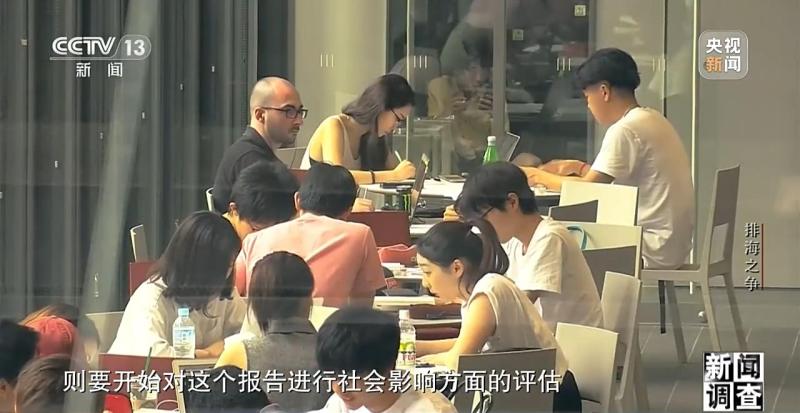
Junichi Takeuchi, head of the accident response department at Tokyo Electric Power Fukushima Daiichi Nuclear Power Plant under the Japan Atomic Power Regulatory Commission, said: "I believe it is reasonable to disperse it in the sea and discharge it in a way that does not affect people.".
Junichi Takeuchi works for the Japan Atomic Power Regulatory Commission, specializing in the aftermath of the Fukushima Daiichi nuclear power plant accident and related work.
Takeuchi Chun: Even if there is opposition, our conclusion or position will not change. Our principle of action is to make independent judgments from a scientific and technological perspective, so our judgments will not change due to the thoughts of the people.
On April 13, 2021, then Prime Minister Yoshihide Suga announced to the world the final decision made by the Japanese government to discharge pollutants from the sea. This will set a precedent for the first time in human history to discharge contaminated water from a major nuclear accident into the ocean.
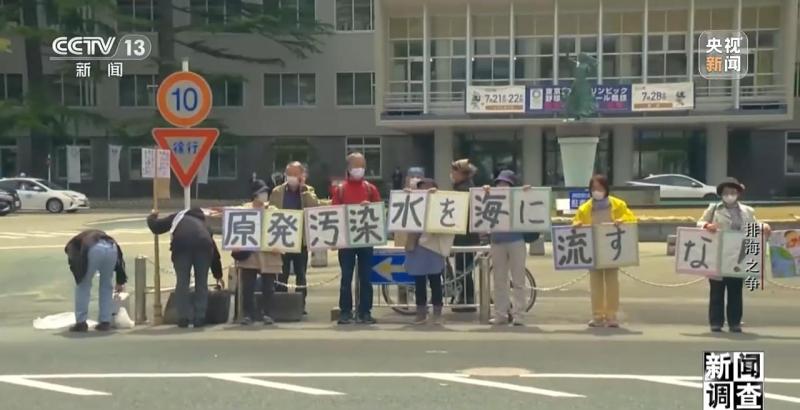
Ryota Koyama: Continuing with opposition does not align with the proposal of the ALPS Subcommittee. The proposal states that reaching consensus is a prerequisite for action, and the current situation is that our suggestions have not been implemented.
Jay Karen is a Canadian marine science expert. Since 2014, he has been tracking and studying the marine pollution caused by the Fukushima nuclear accident using seawater and marine fish as samples.
Jay Karen: From my perspective, this is the worst-case scenario because we had the opportunity to adopt different approaches to avoid risks. I believe that even under the best circumstances and effective monitoring, there is a possibility of damaging the reputation of Japan's fishing industry. Any action to discharge more nuclear contaminated water or nuclear accident pollutants into Japan's coastal and nearshore areas may weaken people's confidence in the fishing industry. The locals have put in a lot of effort to maintain their livelihoods, rebuild confidence, and restore the seafood business. We really have to consider those Japanese people who are still living by the sea, they are still struggling to recover from the tsunami and nuclear crisis.
Fukushima Prefecture, which has been hit hardest by the tsunami and nuclear pollution, has over 160 kilometers of coastline and thousands of fishermen living by the sea. They are hesitating and enduring in the hope of revival and the disappointment of the sea. After the nuclear power plant accident, Tokyo Electric Power Company provided fishing subsidies to fishermen in Fukushima Prefecture, and they rarely accepted media interviews. Haruo Ono is a representative who dares to speak up to the media.

Ono is 71 years old this year and has been fishing at sea for 56 years since he was 15 years old. An earthquake changed his life, and the decision to dispose of the sea left him mentally exhausted.
Haruhiro Ono, a fisherman in Fukushima Prefecture, Japan: I just accepted the media interview in order to make a voice. I'm not very free. Because we are fishermen, the sea is where we work. Life has undergone a great transformation, with nothing left, all the houses washed away, and only one boat left. From the current situation, risking one's life to save the ship is meaningless. After 12 years, the situation has finally undergone some changes. It's really outrageous to say that we need to discharge polluted water into the sea this spring and summer. Our fish can't be sold anymore. Why do we have to do such a thing? The country should protect us. We are victims and have been enduring for the past decade. If we discharge pollutants into the sea, we will have to start from scratch.
This used to be a busy and prosperous fishing port, but after the nuclear accident, it was almost quiet for ten years. The experimental fishing that just resumed two years ago allowed Ono and his team to return to the sea, but the decision to discharge them into the sea once again put them in a difficult situation.
Haruno Ono: Those politicians say there's no problem, but he's ultimately poisonous. No matter how diluted, he himself is poisonous. Nowadays, plastic cannot be thrown into the sea, and nothing can be thrown into the sea. Why can only tritium water be discharged into the sea? What they said is simply contradictory. I have three sons who are all doing fishing work, and I am very worried that if we discharge them into the sea, the fish will not be sold and we will have to discharge them for 30 years in the future. Young people in Fukushima may no longer pursue this profession because there is no hope at all. The current politicians and employees of Tokyo Electric Power Company are no longer here in thirty or fifty years. But we can only work in the ocean, we cannot leave here.
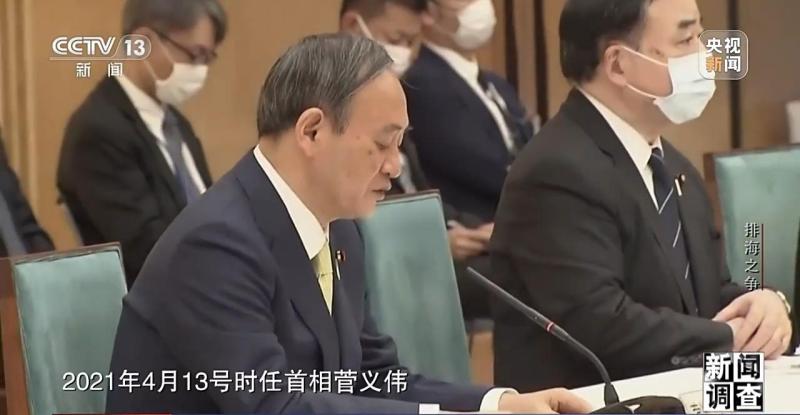
Kenichi Oshima: The victims suffer unilaterally, and the perpetrators do not suffer any harm. The demand of fishermen is not to discharge into the sea, so we should consider their voices. Tokyo Electric Power Company and the government have made commitments to fishermen.
In August 2015, Tokyo Electric Power Company made a written commitment in response to a petition from the Fukushima Prefectural Fisheries Cooperation Association that it would not treat nuclear contaminated water until it was understood by relevant personnel, including fisheries practitioners.
Kajiyama Hiroshi: We will carefully explain and try our best to gain understanding from all parties, including the local people.
TEPCO and the Ministry of Economy, Trade and Industry have made a commitment to fishermen's groups not to discharge into the sea without their consent.

Accompanied by the Japanese non-profit organization "Atomic Energy Data Intelligence Unit", she has been engaged in research related to nuclear energy safety for more than 30 years.
Mr. Nishimura, Minister of Economy and Industry, met with representatives of fishermen from Fukushima Prefecture, but no consensus was reached. Because the strong opposition of fishermen to releasing nuclear contaminated water into the ocean has not changed. In the absence of a consensus, Tokyo Electric Power Company's offshore engineering construction is making progress, which is a strange situation.
Due to rarely going out to sea to fish in recent years, Ono has developed a habit of mountaineering. He said he particularly enjoyed the feeling of overlooking the sea from the mountaintop. He said he wants to exercise well and protect his hometown and this beautiful sea even at the age of 100.
Haruo Ono: Saying absolutely no emissions, what's going on with these promises? People cannot break their promises. Even politicians and prime ministers cannot decide this. What if we don't listen to our voices? We are the ones who use the ocean.
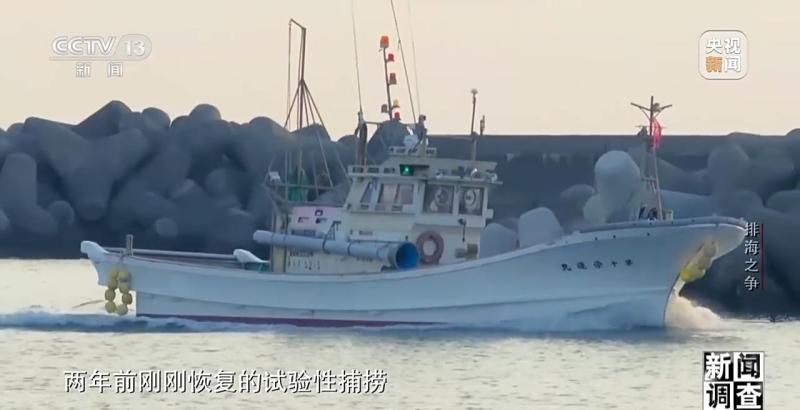
Hai Jiangtian Wanli: I also believe that they violated their promise because they had promised not to emit without understanding from relevant personnel. The opposition party once questioned this question in parliament, and Prime Minister Kishida replied that they have not yet gained their understanding, but they promise to continue working hard and hope to fulfill their promise.
Haruo Ono: If the country just breaks its promise like this, I think it will also affect the children. No one believes in politicians, even children. What will happen if a country violates its promise to future people? Japan is a country governed by the rule of law.
Kenichi Oshima: I don't know what legal binding force Tokyo Electric Power Company and the state's commitments have, but at least there is a moral responsibility to fulfill them, and they have also said they will fulfill their commitments. I think both Tokyo Electric Power Company and the government's current actions are contradictory.
Haruo Ono: The ocean is used by all humans and must not be polluted. Even gods can get angry. Please support the whole world, there is no need to discharge the sea, because there must be a way. With the wisdom of humanity in this era, I think there must be a way.
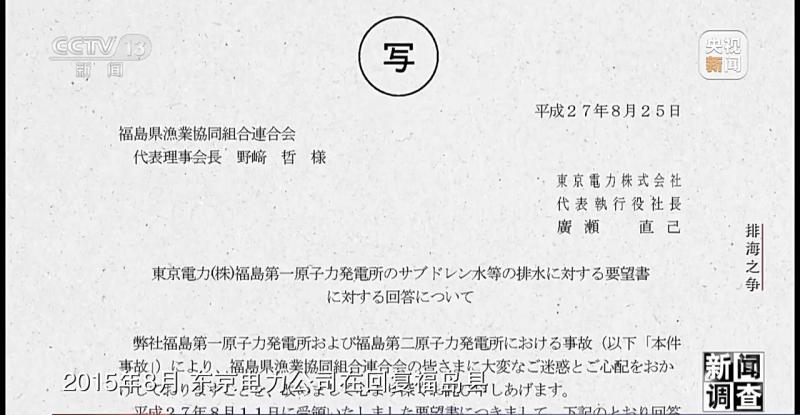
Since the announcement of the decision to discharge the sea for more than two years, there has been continuous questioning and opposition. From the current development of the situation, the original decision to discharge the sea will not only affect Japan's fishery development and disaster recovery, but also damage the international reputation of the Japanese government and Tokyo Electric Power Company. So, besides discharging into the sea, is there any other more scientific and reliable solution?
Fu Yingxing: Various things have undergone significant changes from the initial plan. At the initial evaluation, the total budget was 3.4 billion yen. Later, due to changes in emission methods and other reasons, it reached 43 billion yen in just four years. The initial plan was 88 months, but now it is said to continue for more than 30 years, which is completely different from the original plan. In that case, we should reconsider whether this is really the best solution. Just insist that "the initial judgment was the most reasonable", I think this is the biggest problem.
Naomi Shibasaki is a professor at Fukushima University and a member of the Fukushima Prefectural Waste Furnace Retirement Safety Committee. He is responsible for verifying and researching data and information related to nuclear contaminated water, especially groundwater, released by Tokyo Electric Power Company. After the nuclear accident, he visited the Fukushima Daiichi Nuclear Power Plant multiple times for inspection. Just returned from the factory site the day before our interview.
Professor Naomi Shibata from Fukushima University in Japan: Polluted water is still increasing. The proportion of groundwater in polluted water has not been well studied, but rainwater and groundwater together account for about 80% of the total amount of polluted water.
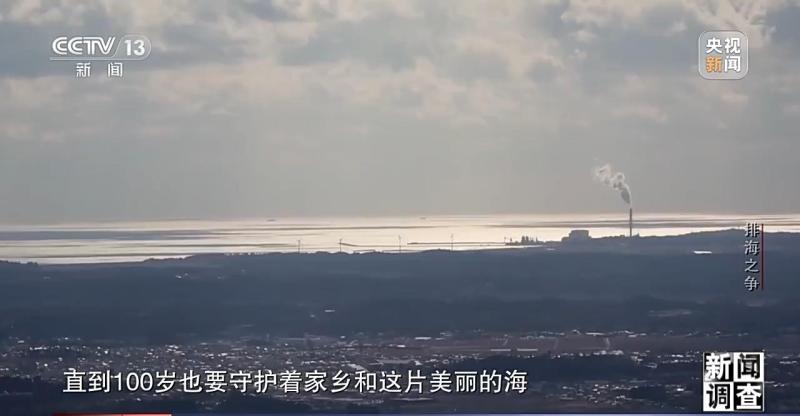

According to Hong Kong's Wen Wei Po, a bloody knife stabbing case occurred at Hollywood Square in Diamond Hill last Friday. The police arrested a 39 year old man on suspicion of stabbing two young women, one of whom was stabbed over 30 times. The suspect appeared in the Kwun Tong Magistrates Court this morning. The police at the Kwun Tong Magistrate's Court temporarily charged the suspect with two counts of murder last Sunday. The suspect appeared in court this morning at the Kwun Tong Magistrate's Court. Acting Chief Magistrate Zheng Jihang, after listening to the opinions of both the prosecution and defense, decided to postpone the hearing for two weeks until 9:30 am on June 19th, waiting for two psychiatric expert reports to be obtained. The defense did not object. Zheng Jihang approved the application, and the defendant needs to be temporarily detained at Xiaolan Mental Hospital. When the suspect appeared in court, he wore black framed glasses, a light gray shirt, and camouflage green shorts, and was able to answer the judge's questions normally. accordingly

Currently, the highly anticipated summer harvest work in Henan has shifted its focus to the northern region of Henan. According to the Henan Daily client, on June 4th, Lou Yangsheng, Secretary of the Henan Provincial Party Committee, presided over a special video scheduling meeting on the "Three Summers" work in the province, listened to the situation report, analyzed and judged the situation, and arranged and deployed the next steps of work. Governor Wang Kai made specific arrangements. On the evening of May 31, 2023, in Xiafutou Village, Xuliang Town, Boai County, Jiaozuo, Henan Province, villagers braved light rain in the wheat fields to harvest wheat. Visual China Map Lou Yangsheng pointed out that the current summer harvest battle in the province has entered the decisive stage. Doing a good job in summer harvest in northern Henan Province is related to the summer grain yield and seed safety. We should focus on seizing opportunities and make every effort to organize the wheat harvesting work in the northern Henan region, minimize losses, and protect the interests of farmers to the greatest extent possible. Accurate forecasting is essential

On June 4th, the return capsule of the Shenzhou-15 manned spacecraft successfully landed at the Dongfeng landing site. Astronauts Fei Junlong, Deng Qingming, and Zhang Lu all safely and smoothly exited the spacecraft, and the Shenzhou-15 manned flight mission was a complete success. What innovative technologies are there to safeguard the return journey of Shenzhou 15 in this mission? On June 4th, the return capsule of the Shenzhou-15 manned spacecraft successfully landed at the Dongfeng landing site. Xinhua News Agency reporter Lian Zhen photographed that "the sky and the ground" ensure the high-precision return of spacecraft. For the Shenzhou series spacecraft, the return and re-entry GNC technology is directly related to the life safety of astronauts. Taking the success of this return mission as a symbol, China has comprehensively upgraded its GNC system since the Shenzhou-12 manned spacecraft, which features autonomous rapid rendezvous and docking, autonomous adaptive prediction and re-entry return guidance, and has completed a comprehensive update and replacement

At noon today, a Chinese naval fleet consisting of Zhanjiang and Xuchang ships arrived at the assembly area of the "Comodo-2023" multinational maritime joint exercise. It is understood that the assembly anchorage for this exercise is 3 nautical miles long and 1.5 nautical miles wide, capable of anchoring up to 50 ships. Naval vessels from various countries participating in the exercise will also arrive at the anchorage today to complete the assembly of the "Komodo 2023" multinational maritime joint exercise, which is held every two years by the Indonesian Navy. This year is already the fourth edition of the exercise. The exercise will be held from June 5th to 8th in the city of Jakarta, South Sulawesi Province, Indonesia, including the port and sea phases. In the coming days, participating navies from various countries will participate in ship reading style search and rescue exercises, maritime interception and damage management exercises, aerial exercises, and other course objectives exercises

On the evening of June 1st, the US Senate passed a bill on the federal government's debt ceiling and budget, and the flame of the US debt bomb was temporarily extinguished at the last moment. The two parties in the United States have staged an extreme tug of war over the US debt bomb. Some experts believe that the US debt crisis is the result of the reckless politics promoted by the US dollar hegemony, and the underlying cause of this crisis is the highly polarized political system of the US. Since the end of World War II, the US Congress has adjusted the debt ceiling more than a hundred times. The recurring debt crisis will not only have a catastrophic impact on the US economy and people's livelihoods, but also continuously erode the value of US dollar assets such as government credit and US bonds, bringing significant and far-reaching impacts to the global economic landscape. 【